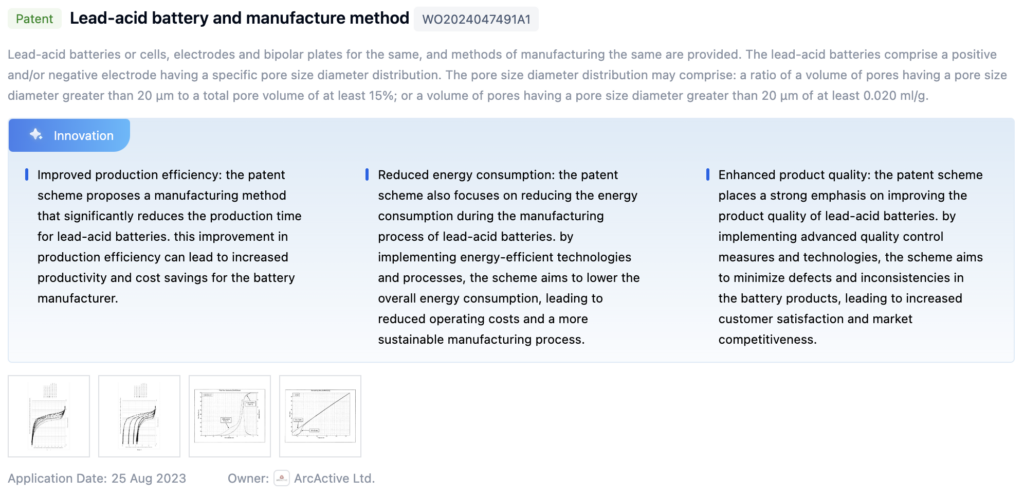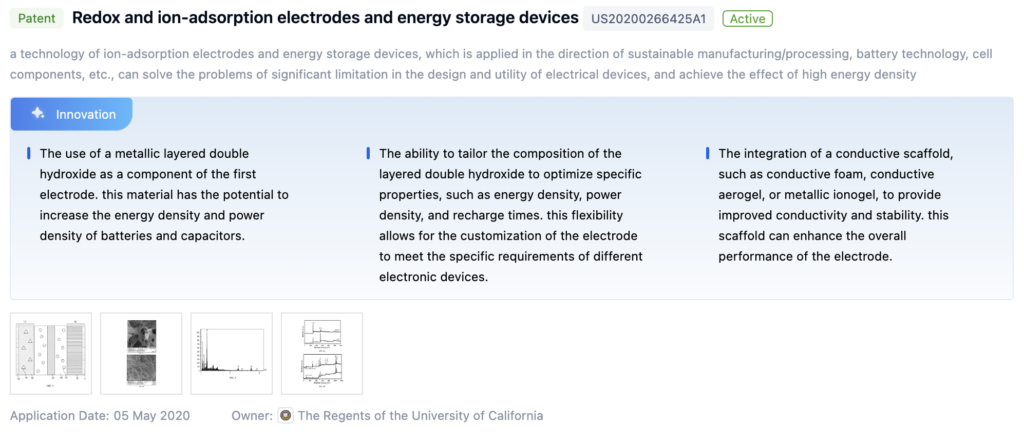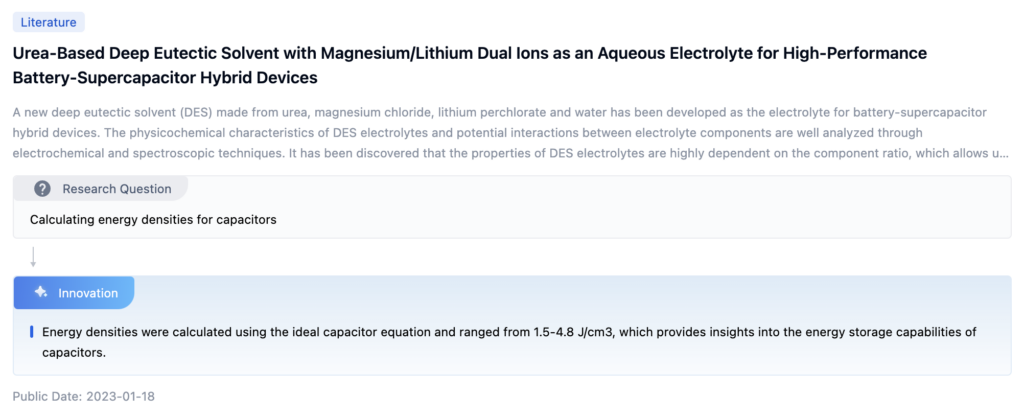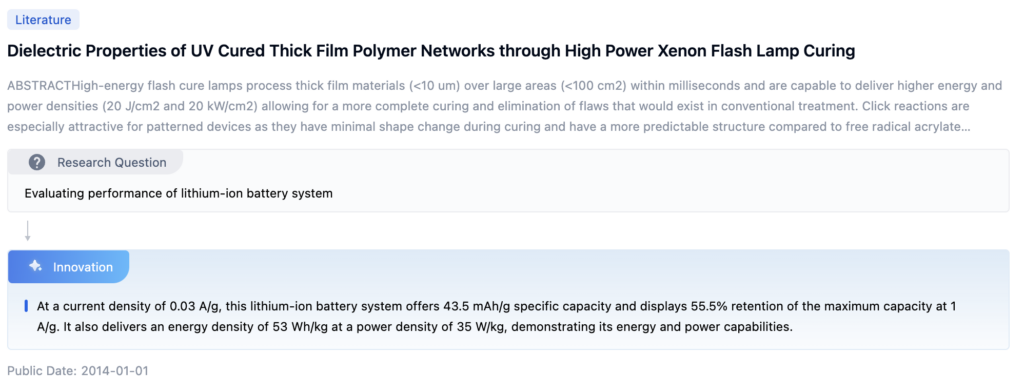
AGM Battery Technology Background and Goals
AGM (Absorbed Glass Mat) batteries, also known as valve-regulated lead-acid (VRLA) batteries, have been widely adopted due to their maintenance-free operation, leak-proof design, and higher energy density compared to traditional flooded lead-acid batteries. However, AGM batteries still lag behind other battery technologies, such as lithium-ion, in terms of energy density. The main goal of increasing energy density of AGM battery is to enhance storage capacity while maintaining compactness and weight, which can be achieved by optimizing electrode materials, improving electrolyte composition, and exploring advanced battery designs.
Potential approaches include the development of advanced lead-acid chemistries, such as lead-carbon composites or lead-based alloys, and the incorporation of advanced materials like carbon nanotubes or graphene into the battery’s components. These innovations aim to increase energy storage per unit volume or weight while considering cost-effectiveness, safety, environmental impact, and compatibility with existing manufacturing processes.

To get a detailed scientific explanations of agm battery, try Eureka.
Market Demand for High-Density AGM Batteries
The market demand for high-density AGM batteries is driven by several factors:
- Renewable Energy: High-density AGM batteries are ideal for energy storage in solar and wind power systems, allowing more energy to be stored in smaller spaces.
- Electric Vehicles (EVs) and Hybrid Electric Vehicles (HEVs): These batteries provide longer driving ranges and faster charging times, crucial for EV adoption.
- Portable and Mobile Devices: High-density AGM batteries offer longer runtimes and reduced weight, enhancing the portability of devices like laptops and medical equipment.
- Telecommunications: Reliable, space-efficient AGM batteries ensure uninterrupted operations during power outages, especially with the expansion of 5G networks.
The demand for high-density AGM batteries is expected to grow as industries seek energy-efficient, sustainable, and high-performance energy storage solutions.
Current State and Challenges of AGM Battery Technology

While AGM batteries have seen significant advancements, several challenges remain:
- Inherent Chemistry Limitations: Lead-acid chemistry limits energy density, particularly where weight and space are critical factors.
- Manufacturing Complexity: The production of high-quality AGM separators and components can be costly and complex, impacting scalability.
- Thermal Management: Effective thermal management is crucial to maintaining performance and safety, particularly in compact or high-power applications.
- Geographical Distribution: Variations in expertise and manufacturing capabilities across regions hinder the global adoption and advancement of AGM battery technology.
Ongoing research is focused on addressing these challenges through innovations in materials, manufacturing processes, and battery management systems.
Evolution of AGM Battery Energy Density

Existing Solutions for Increasing AGM Battery Density
AGM Battery Structure and Components
Various aspects of AGM battery structure, including separators, covers, and electrodes, are optimized to enhance performance and energy density.
AGM Separator Structure and Materials
AGM separators with multi-layer constructions, functional additives like graphene, and optimized designs improve energy density, cycle life, and safety.
AGM Battery Plate Group and Grid Structures
Optimized grid designs and assembly structures increase surface area and improve the utilization of active materials, enhancing energy density.
AGM Battery Sealing and Venting Mechanisms
Effective sealing and venting mechanisms ensure the maintenance-free nature of AGM batteries, preventing leakage while allowing necessary gas venting.
AGM Battery Manufacturing Processes
Innovations in acid filling, separator positioning, and formation processes improve manufacturing efficiency and battery performance.
AGM Battery Testing and Monitoring
Methods for evaluating separator saturation, oxygen recombination efficiency, and electrode compaction ensure optimal battery performance and energy density.
Key Players in AGM Battery Industry
Fengfan Co. Ltd.
Developed advanced AGM technology focusing on energy density through optimized lead-acid chemistry and enhanced separator materials.
Tianneng Battery Group Co. Ltd.
Incorporates high-performance active materials and advanced manufacturing processes to improve energy density and cycle life.
Chaowei Power Group Co. Ltd.
Utilizes nano-scale additives and optimized electrolyte formulations to increase energy density, with a focus on enhanced grid designs.
Contemporary Amperex Technology Co. Ltd. (CATL)
Explores integrating high-capacity active materials and state-of-the-art manufacturing techniques to improve energy density while maintaining safety.
Shandong Sacred Sun Power Sources Co. Ltd.
Focuses on lead-carbon technology and optimized grid structures to enhance charge efficiency and extend battery life.
Core Innovations in AGM Battery Technology
Patent 1: Lead-Acid Battery and Manufacture Method
- Improved Production Efficiency: Significantly reduces production time, leading to increased productivity and cost savings.
- Reduced Energy Consumption: Focuses on energy-efficient manufacturing processes, lowering overall consumption and operating costs.
- Enhanced Product Quality: Implements advanced quality control to minimize defects and inconsistencies.

Patent 2: Redox and Ion-Adsorption Electrodes and Energy Storage Devices
- High Energy Density: Utilizes metallic layered double hydroxide to increase energy and power density.
- Tailored Composition: Allows for customization of electrode properties to optimize performance for different applications.
- Conductive Scaffold: Enhances electrode performance with improved conductivity and stability.

Paper 1: Urea-Based Deep Eutectic Solvent for High-Performance Hybrid Devices
- Energy Densities: Calculated energy densities range from 1.5-4.8 J/cm³, providing insights into energy storage capabilities.

Paper 2: Dielectric Properties of UV Cured Thick Film Polymer Networks
- Energy Density and Power Density: Offers 53 Wh/kg energy density at 35 W/kg power density, demonstrating the system’s capabilities.

Potential Breakthroughs in AGM Battery Energy Density
AGM Battery Separator Materials and Structures
Exploration of advanced materials like phase-change materials and compression-resistant separators to improve energy density.
AGM Battery Manufacturing Processes
Innovative processes for acid filling, separator positioning, and internal formation enhance energy density and manufacturing efficiency.
High Energy Density Battery Designs
Development of new battery designs, including lithium-sulfur and hybrid systems, aims to achieve higher energy densities.
AGM Battery Applications and Types
AGM batteries designed for specific applications, such as new energy vehicles and medical devices, are optimized for energy density.
Environmental Impact of AGM Battery Production
The production of AGM batteries involves the use of lead, a toxic heavy metal, and generates hazardous waste, contributing to environmental pollution. Sustainable practices, such as recycling, closed-loop waste management, and energy-efficient processes, are essential to mitigate these impacts. Additionally, end-of-life management, including proper recycling and disposal, is crucial to preventing environmental contamination.
Regulatory Landscape for AGM Batteries
AGM batteries are subject to stringent regulations regarding safety, environmental impact, and transportation. Global standards, such as those from the UN and ISO, as well as regional regulations from the EPA, DOT, and EU, govern various aspects of AGM battery production and use. Compliance with these regulations is critical for ensuring safety, minimizing environmental impact, and maintaining market competitiveness.
If you want an in-depth research or a technical report, you can always get what you want in Eureka Technical Research. Try now!

